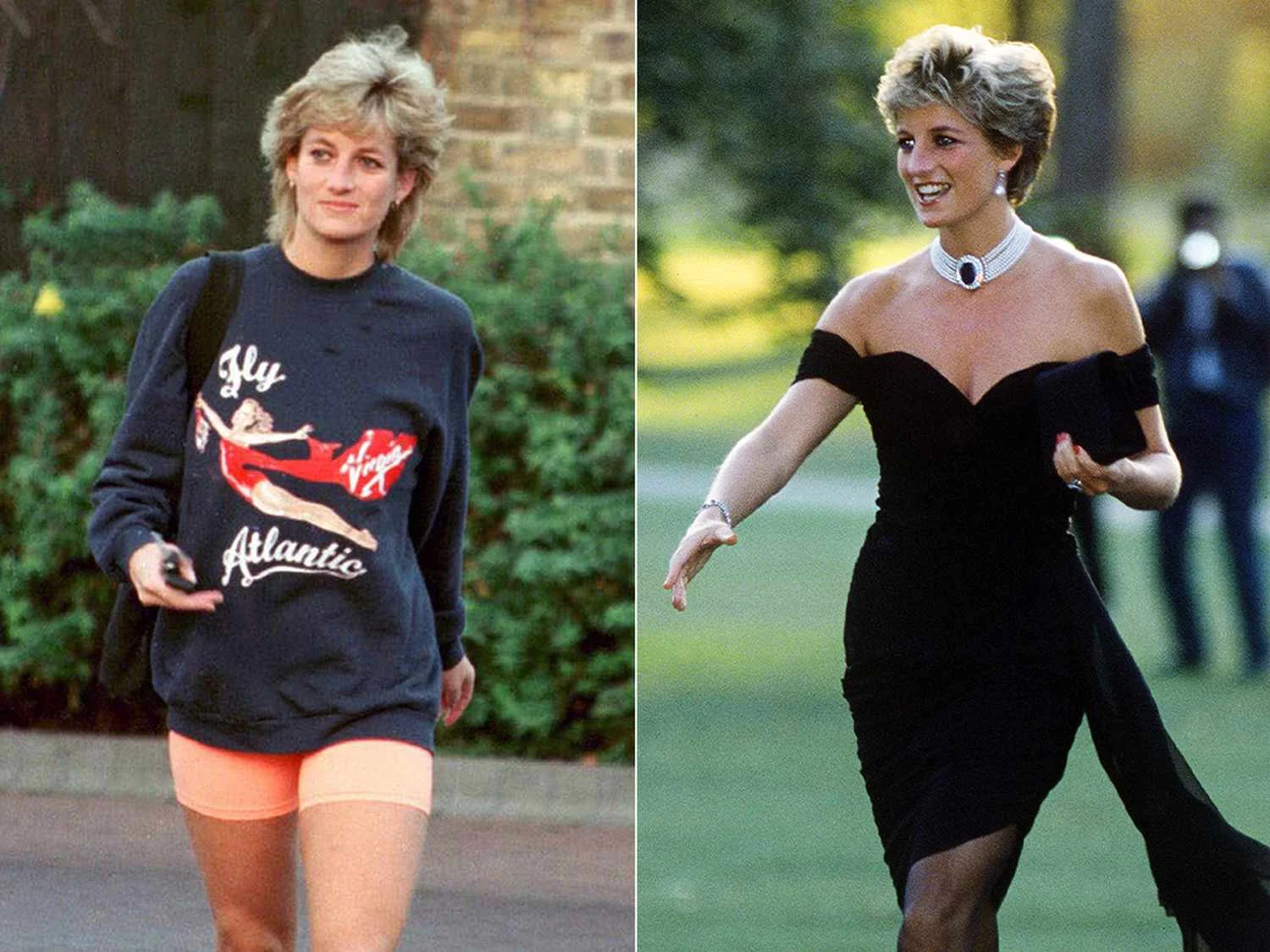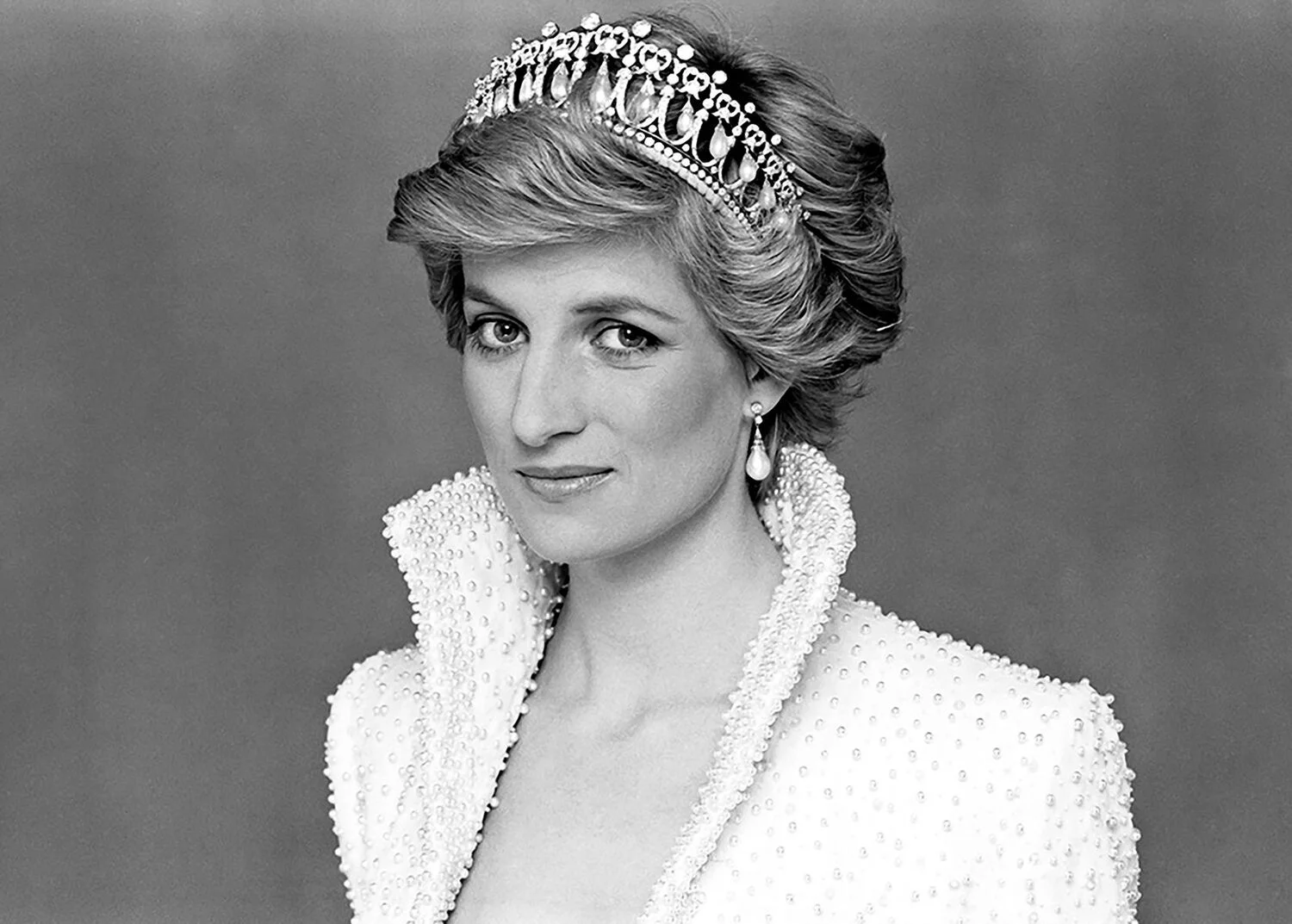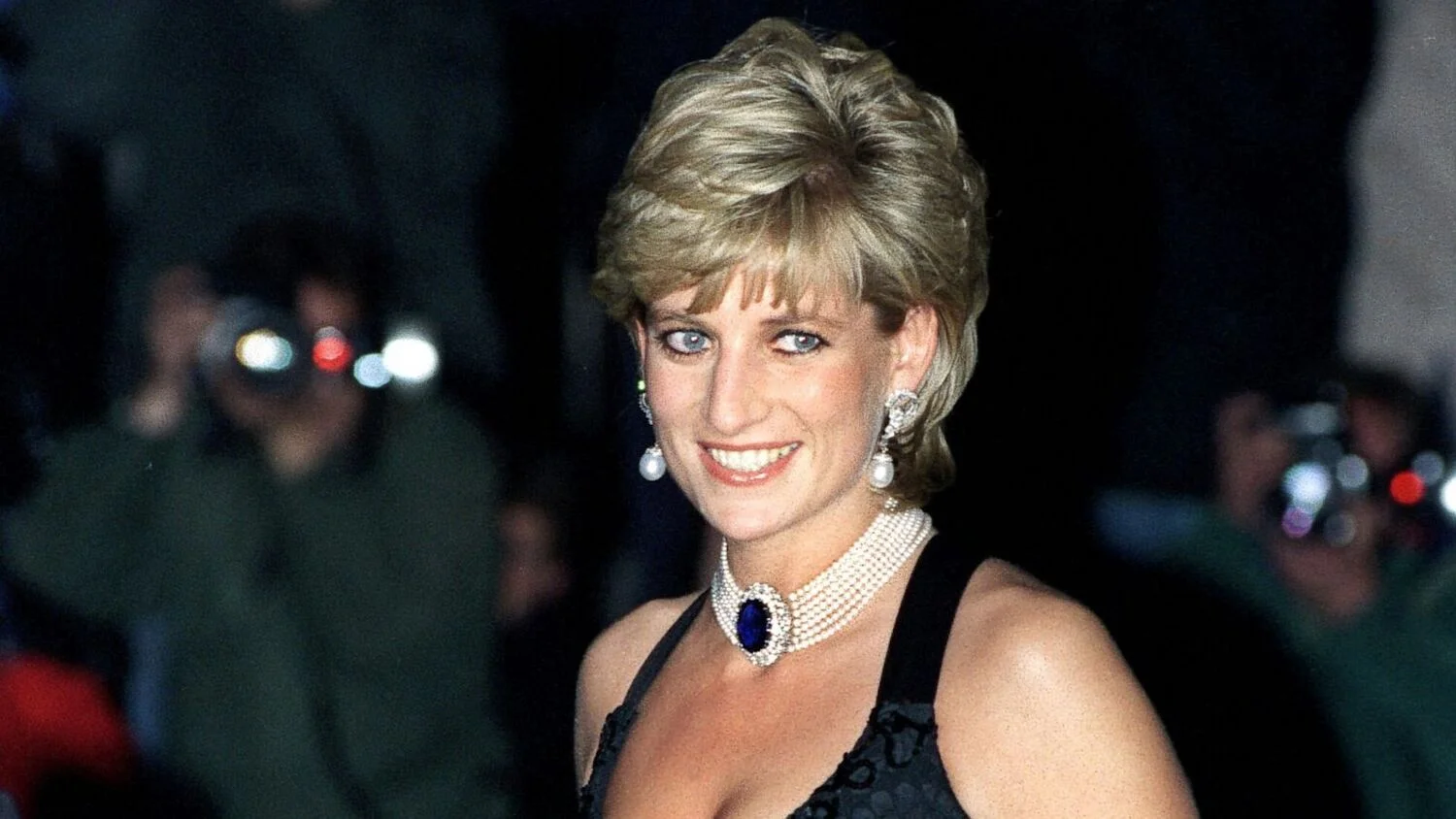In the summer of 1997, Princess Diana was at a crossroads. Her divorce from Prince Charles in 1996 had unshackled her from the rigid protocols of royal life, granting her a chance to redefine herself at 36, per BBC. She found companionship with Dodi Fayed, son of billionaire Mohamed Al-Fayed, owner of the Jonikal yacht where they sailed between the French Riviera and Italy’s coast, per The Guardian. The image of Diana on the Jonikal, radiant yet pensive, became iconic, symbolizing a fleeting moment of peace. X users reflect: “She looked so happy on that yacht, but you can see the weight in her eyes” (12,000 likes). Friends described her as luminous yet fragile, excited by new possibilities but worn by constant media intrusion, per Vanity Fair.
Diana’s post-royal life was a quest for independence. She championed causes like AIDS awareness and landmine removal, earning global admiration, per TIME. Her humanitarian work, including her 1997 Angola campaign, showcased her compassion, with 1.5 million landmines destroyed partly due to her advocacy, per The Halo Trust. Yet, the paparazzi’s obsession intensified. Photographers trailed her every move, their lenses turning private moments into public spectacles, per The Independent. On the Jonikal, Diana found a temporary sanctuary, far from shore and prying eyes. An X post captures the irony: “She escaped the palace but not the cameras” (10,000 likes). Her friend Rosa Monckton later said Diana craved normalcy but felt trapped by fame, per People.

The Mediterranean summer offered glimpses of joy. Diana and Dodi’s romance, though brief, was intense, with the couple spotted laughing and diving into the sea, per Daily Mail. Mohamed Al-Fayed’s hospitality provided luxury and security, but even the Jonikal couldn’t fully shield her. Paparazzi boats circled, their long lenses capturing every smile, per The Telegraph. X users debate: “Was Dodi her true love or just a summer fling?” (9,000 likes). Regardless, Diana’s vulnerability was palpable. She reportedly confided in friends about her weariness, feeling hunted yet hopeful for a quieter life, per Vogue. The yacht symbolized a rare escape, a floating refuge where she could briefly be herself.
Tragically, this respite was short-lived. On August 31, 1997, Diana and Dodi left the Ritz Hotel in Paris, pursued by paparazzi. Their car, driven at high speed to evade photographers, crashed in the Pont de l’Alma tunnel, per CNN. Diana, Dodi, and driver Henri Paul died, leaving the world in shock. She was only 36. The crash sparked global mourning and scrutiny of the paparazzi’s role, with 80% of Brits in a 1997 poll blaming media intrusion, per YouGov. X posts echo this: “The paparazzi hounded her to death—still heartbreaking” (13,000 likes). Conspiracy theories, including claims of royal involvement, persist but lack evidence, per BBC History. The official inquest ruled the crash a result of reckless driving and pursuit, per The Times.

Diana’s death amplified her legacy. Her humanitarian impact endures, with the Diana, Princess of Wales Memorial Fund supporting over 50,000 projects, per The Royal Foundation. Her style—elegant yet accessible—continues to inspire, with her Jonikal swimsuit look recreated by designers, per Harper’s Bazaar. On X, fans honor her: “Diana’s heart and courage changed the world” (11,000 likes). Her story resonates as a cautionary tale of fame’s cost, akin to historical figures like Rudolf Hoess, whose actions faced moral reckoning, per BBC History. The Jonikal image remains a symbol of her duality—free yet trapped, radiant yet burdened. X debates highlight her complexity: “She was more than a princess—she was human” (8,500 likes).
The media’s role in Diana’s life and death remains contentious. In 1997, paparazzi earned thousands per photo, fueling a relentless chase, per The Economist. Today, privacy laws in Europe are stricter, partly due to her tragedy, per Reuters. Yet, celebrity culture persists, with modern stars like Taylor Swift facing similar scrutiny, per Forbes. Diana’s ability to connect—whether through charity or her candid 1995 BBC interview, watched by 23 million—set her apart, per The Guardian. X users note: “No one shone like Diana, but no one paid a higher price” (9,500 likes). Her final days on the Jonikal remind us of her humanity, a woman seeking peace in a world that wouldn’t let her rest.

Princess Diana’s final days on the Jonikal yacht capture a woman at her most human—free from royal chains yet tethered by fame’s relentless grip. Her tragic death on August 31, 1997, shocked the world, cementing her as a global icon whose compassion and vulnerability still resonate. On X, fans mourn her loss while celebrating her legacy, from humanitarian triumphs to timeless style. Was Diana’s pursuit of freedom doomed by the media’s obsession, or did she find moments of true peace? Share your thoughts in the comments—how should we remember Diana’s light? Let’s keep her story alive.



